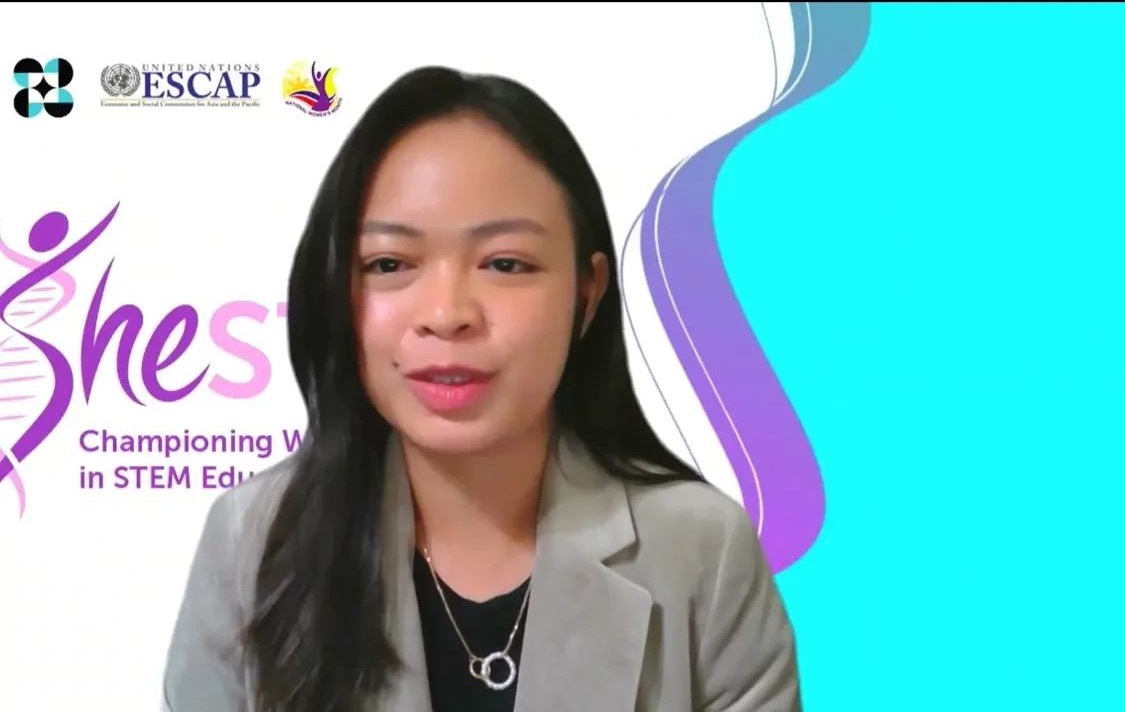
“If you find programming this hard, you might as well drop out and start planting root crops.”
This is what Christine Rose Bulayo’s programming instructor told her when she was desperately trying to solve her first programming problem as a student.
Bulayo was among the guest speakers at the “SheSTEMs: Championing Women’s Participation in STEM Education and Careers,” a United Nation’s 67th Session on the Commission on the Status of Women (UN CSW67), Philippine-led Virtual Side Event. The guests talked about their experiences and contribution as a woman in Science, Technology, Mathematics, and Engineering (STEM). This activity was hosted by the Department of Science and Technology-Science Education Institute (DOST-SEI).
Bulayo recounted her story: “A long time ago a young woman was sitting in front of a computer, sweat dripping down her forehead as she frantically types away. Desperately trying to solve her first programming problem. She’s nervous, unsure if she’s cut out for this field, then she hears the words of her instructor saying: if you find programming this hard, you might as well drop out and start planting root crops.”
Bulayo admitted that she was tempted to give up at that time. But six years later, that same woman is now speaking at the SheSTEMs and is now a computer engineer.
But that is not all that Bulayo has been up to. She also now cultivates a hectare of land with a variety of crops from vegetables to fruits and herbs, a true woman of science by heart.
“So who says you must choose? With perseverance and determination, I did both. I am Christine. I am now a computer engineer. I am a DOST scholar and I am an aspiring farmer and of course, I am a woman,” Bulayo said in narrating her experience of nearly ditching a STEM career.
Bulayo, pursuing noble advocacies, is currently involved with Permaculture Literacy Program, a climate adaptation initiative that addresses issues from the ground up. The issues it is addressing are food security, climate change, and people’s lack of interest in farming.
She explains that Permaculture is more than just an agricultural practice. It is a lifestyle. It is living each day thinking, knowing nature, being one with nature, and working with nature, and not against it.
“This is our own way of recreating the 21st century Garden of Eden, with the integration of student, earth citizenry, climate resiliency, and regenerative healing of the planet. Of course, with the help of digital technology,” Bulayo added.
Various technological tools help perform tasks with speed and efficiency. There’s software that helps create a base map and conduct a sector analysis for a permaculture site. It can determine the path of the sun and identify the areas with sufficient sunlight or plant growth, as well as discern the topography of the land and the flow of water. These features are crucial in designing and planning for larger areas of land.
Bulayo, being a DOST scholar, is among those who contributed to its increase. Dr. Josette T. Biyo, Director of DOST-SEI said that the number and share of female DOST-SEI undergraduate scholars shows an increasing trend in the past three years. From 44.8 percent in 2020, it reached 50.3 percent in 2021, and 52.3 percent in 2022.
The Philippine Statistics Authority (PSA) reported that there was a 148 percent increase in the number of females in S&T careers between 1990 to 2015. From 179,000 females in S&T careers in 1990, this increased to 445,000 in 2015.
On the other hand, Subhashini Chandran, Vice President for Social Impact of Mastercard Asia Pacific, also among the SheSTEMs speakers, expressed her gratitude to the DOST and Secretary Renato U. Solidum Jr. and the organizers for holding the SheSTEMs event and pledged Mastercard support for the CSW67 recommendations. Chandran encourages actions that will meet the gap, and the demand, and underline the importance of really encouraging young girls and women to pursue careers in STEM.
Bulayo added that technology is not scary. The real problem is not whether machines think, but if people do. So, collectively the people’s task is to help design digital environments that can connect. This is why there’s a need to have collaboration among national and local government, the private sector, civil societies, academia, and of course, multilateral organizations. (Geraldine Bulaon-Ducusin, DOST-STII)
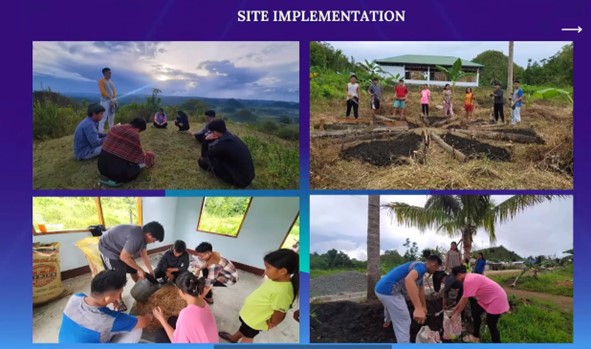
Photo grabbed from “SheSTEMs: Championing Women’s Participation in STEM Education and Careers,” organized by DOST-SEI). Permaculture site implementation.

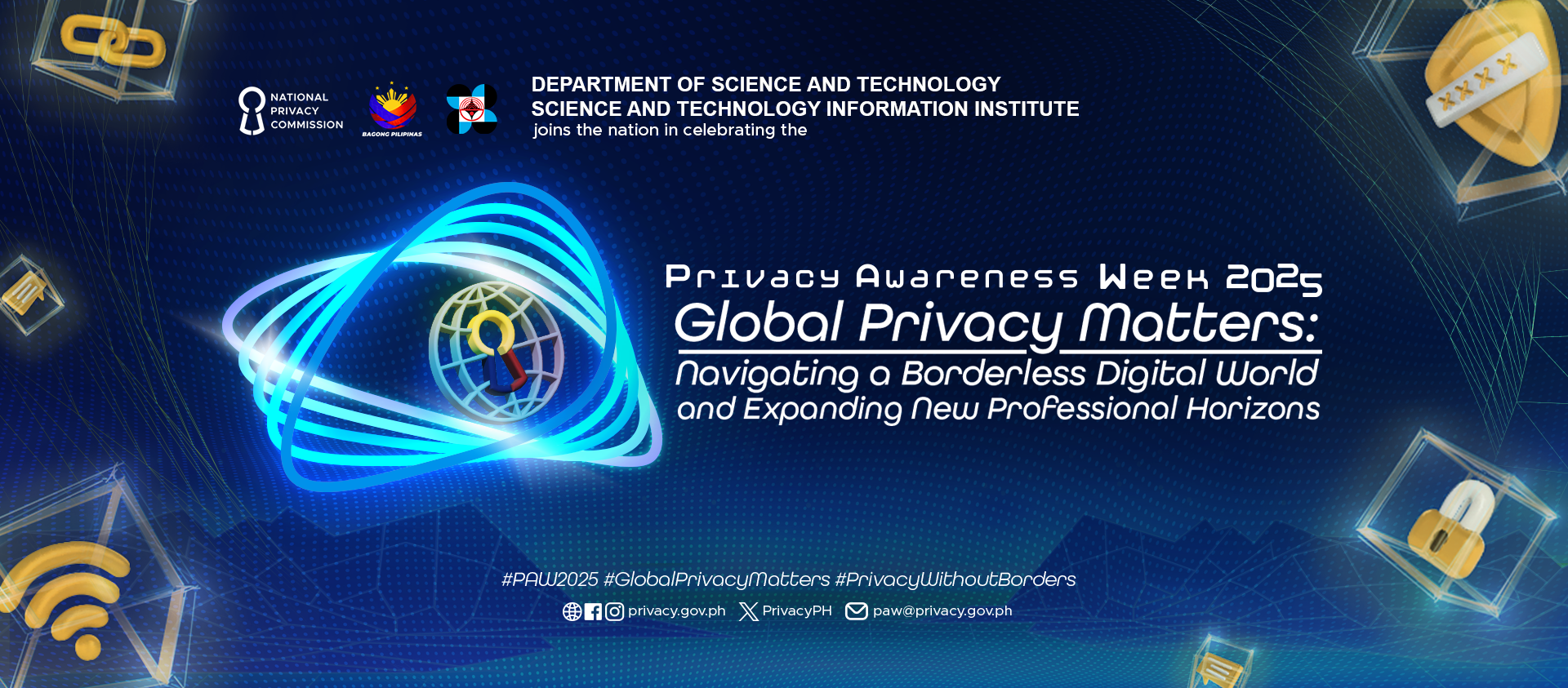
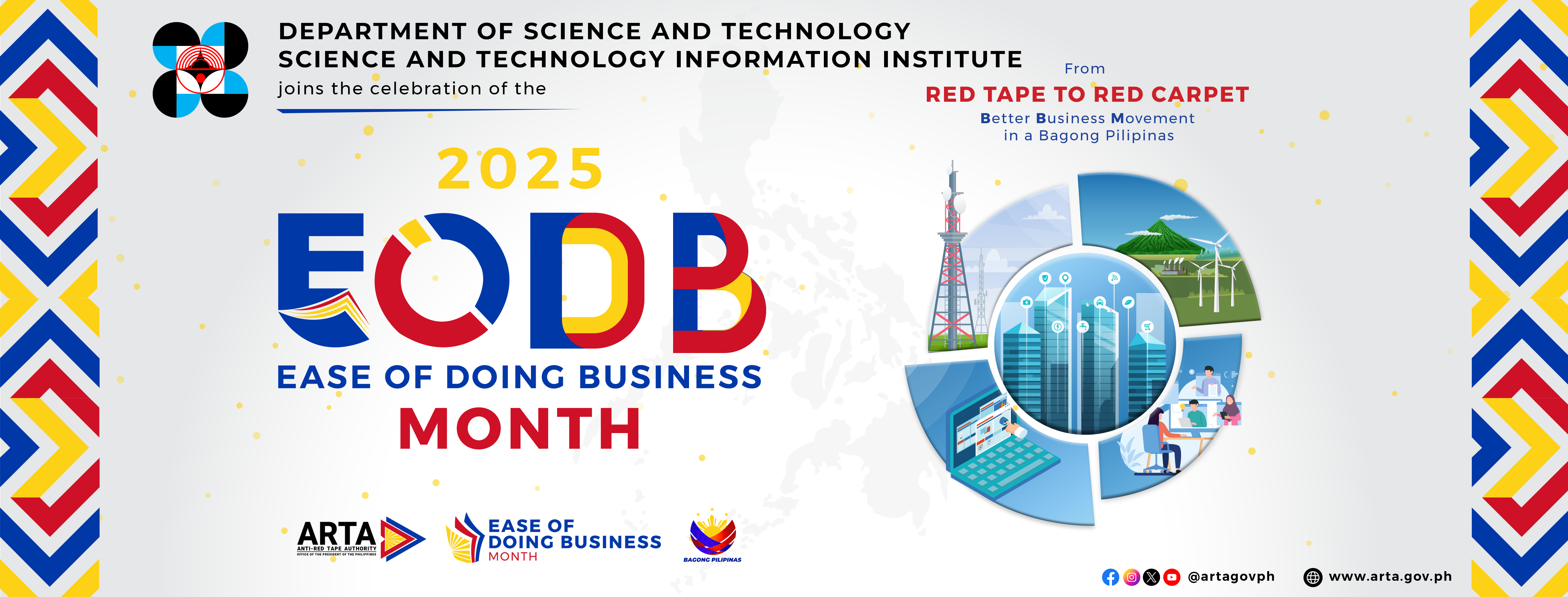
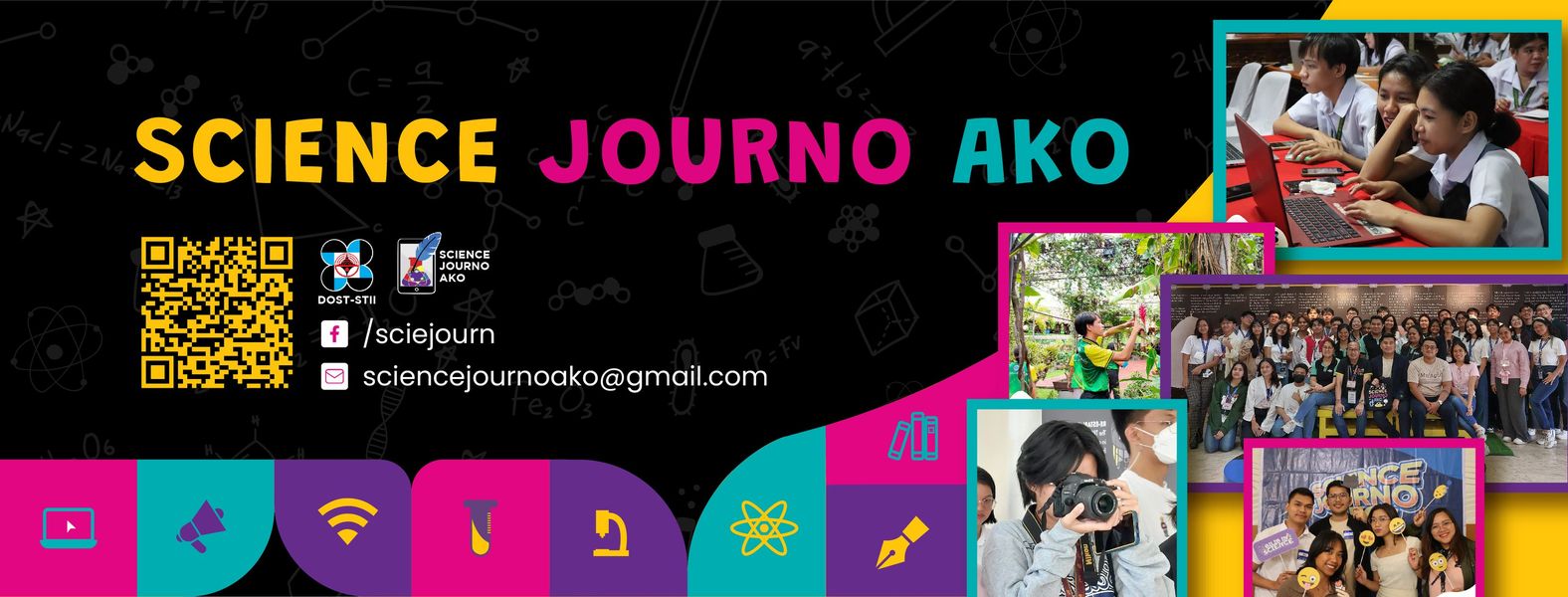

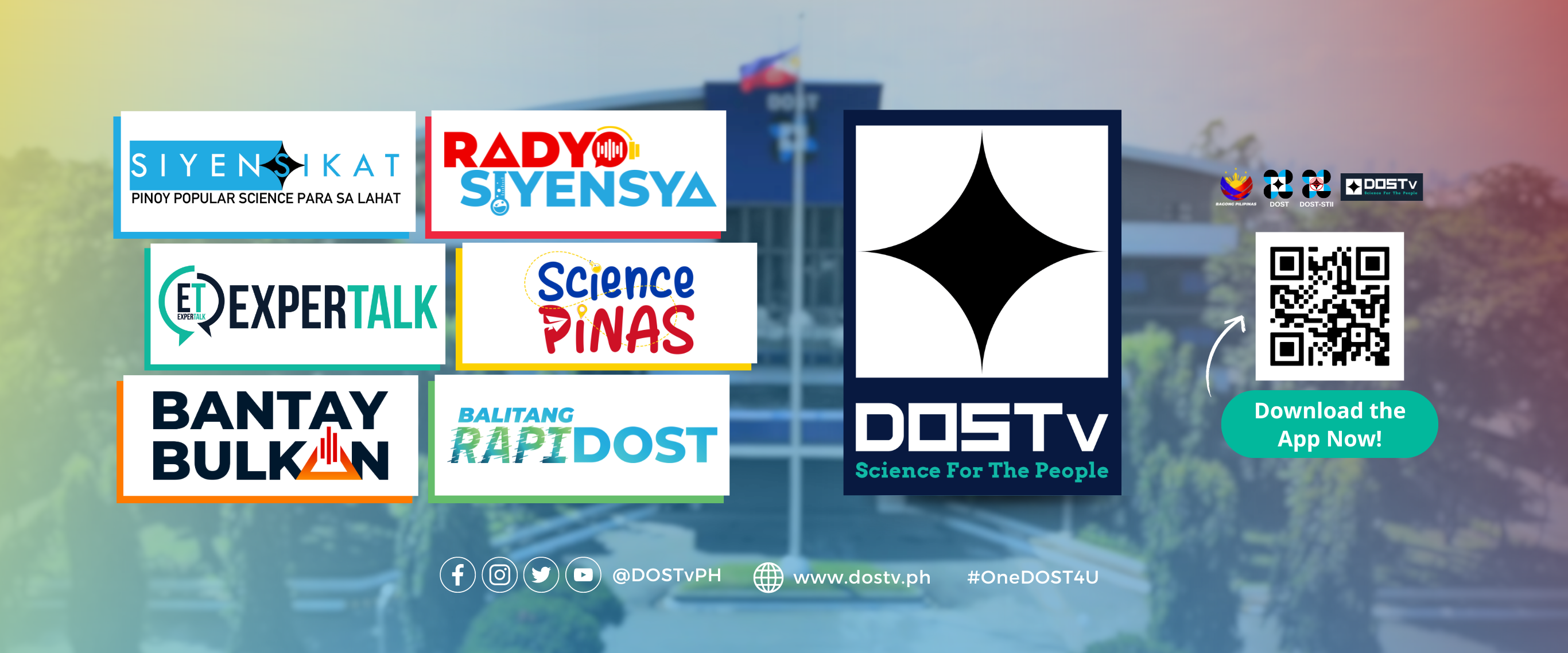

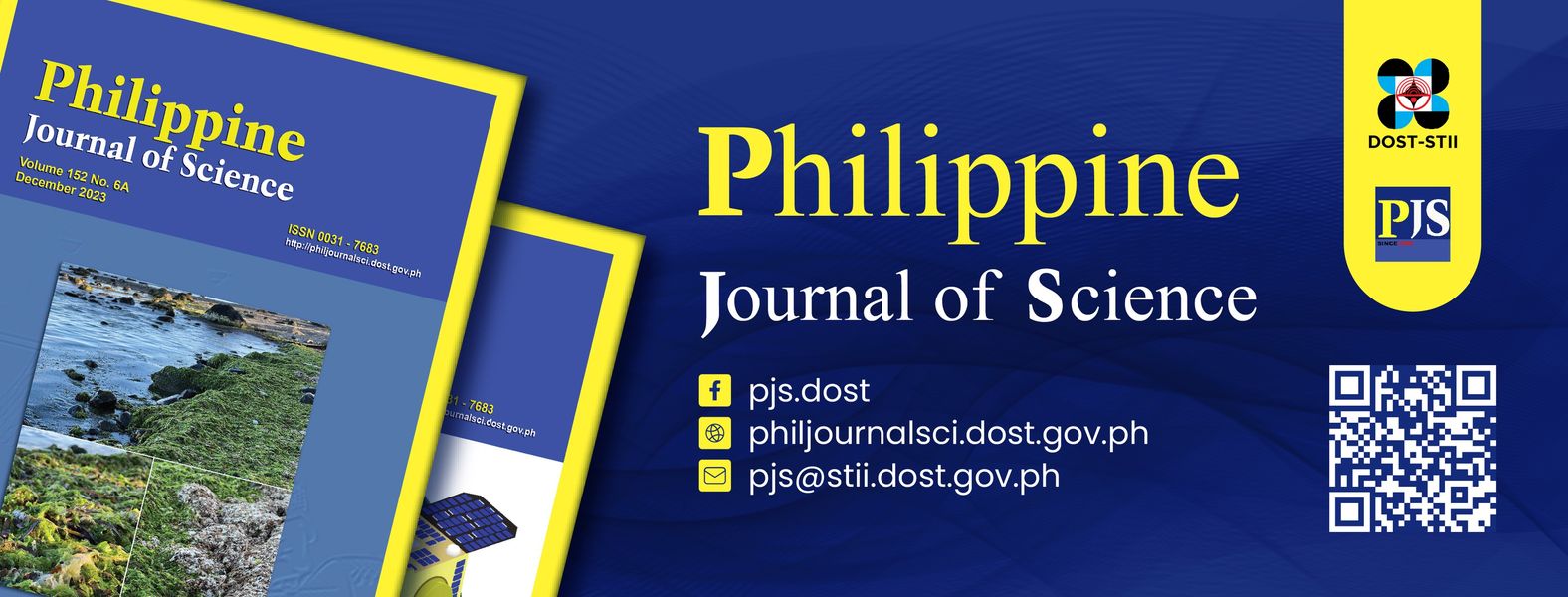




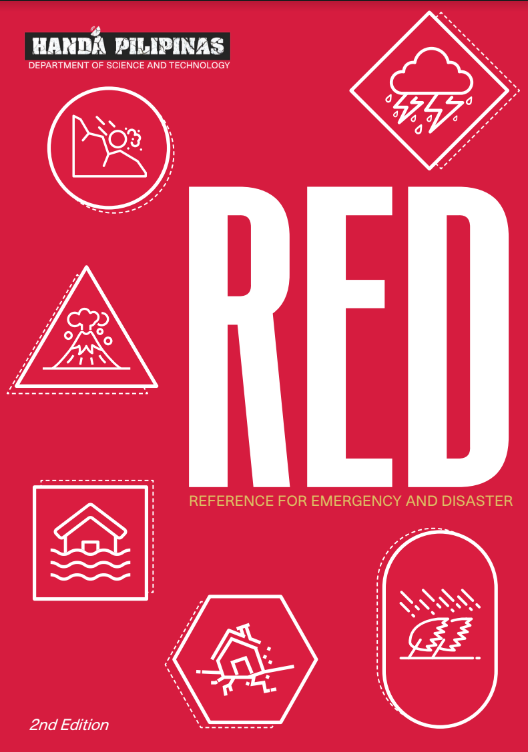





 21 in 2021 Technology Catalogue
21 in 2021 Technology Catalogue 21 in 2021 Technology Catalogue
21 in 2021 Technology Catalogue DOST Innovations - Web and Mobile Applications for Disaster Risk Reduction and Management
DOST Innovations - Web and Mobile Applications for Disaster Risk Reduction and Management